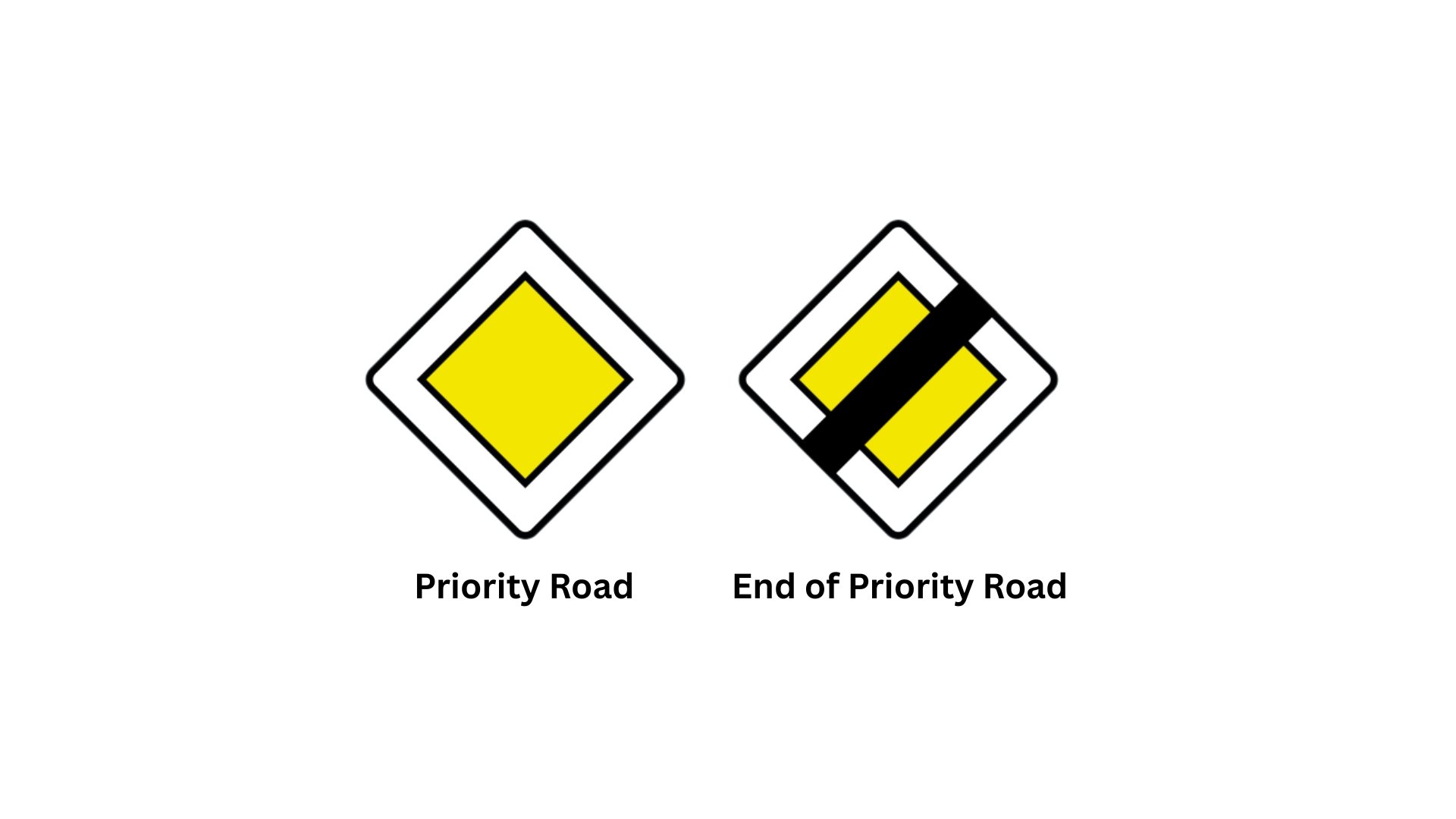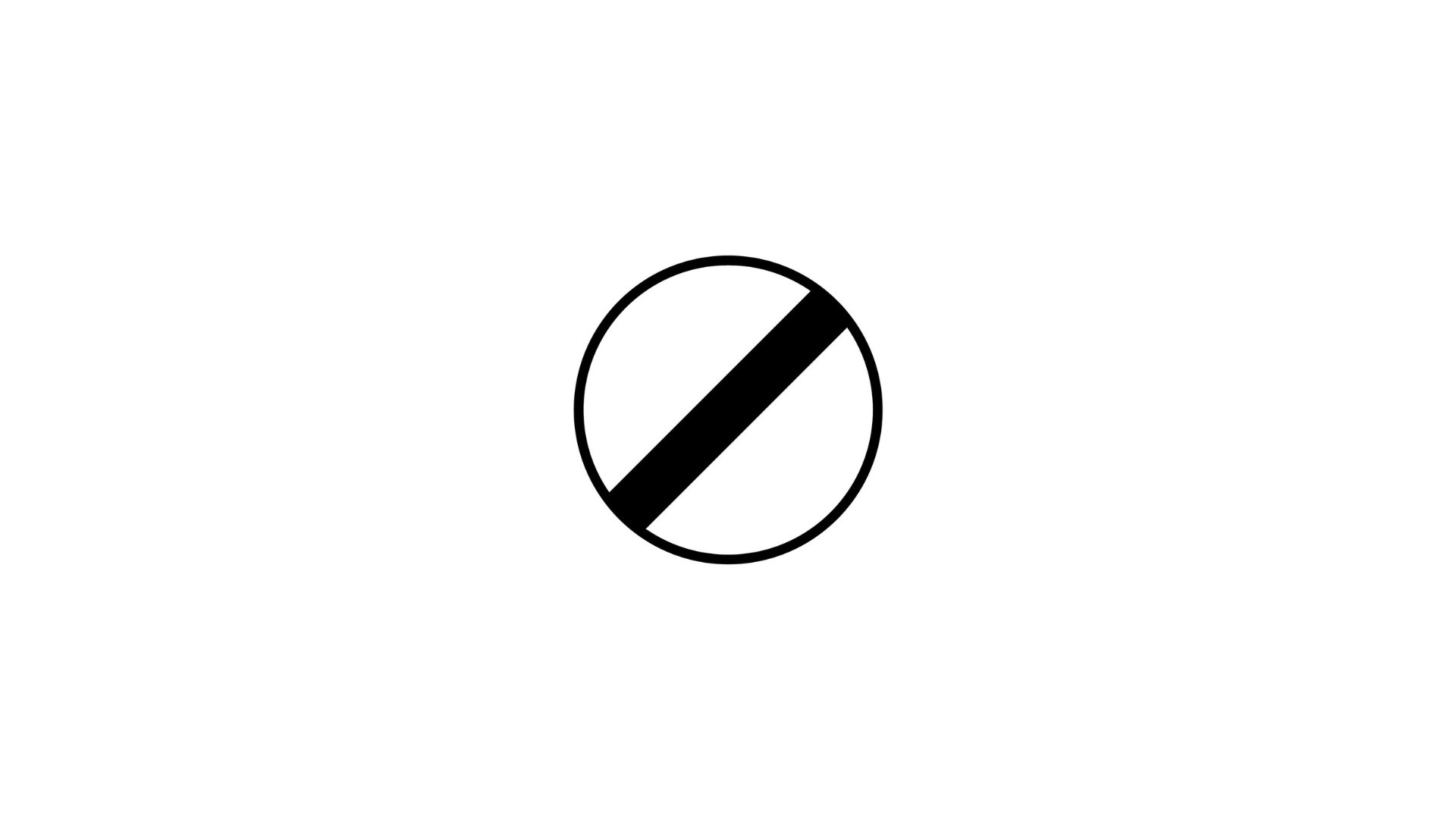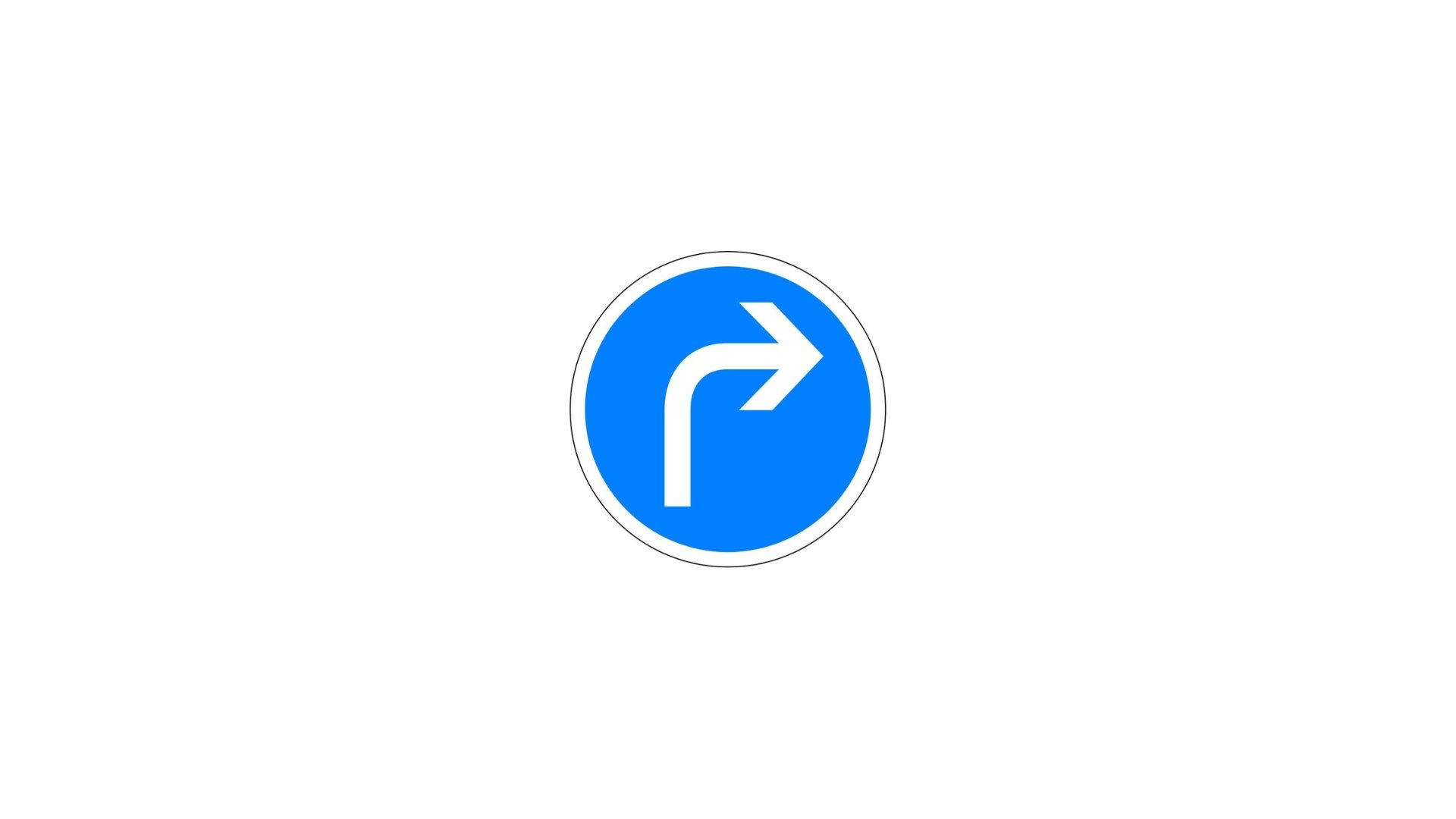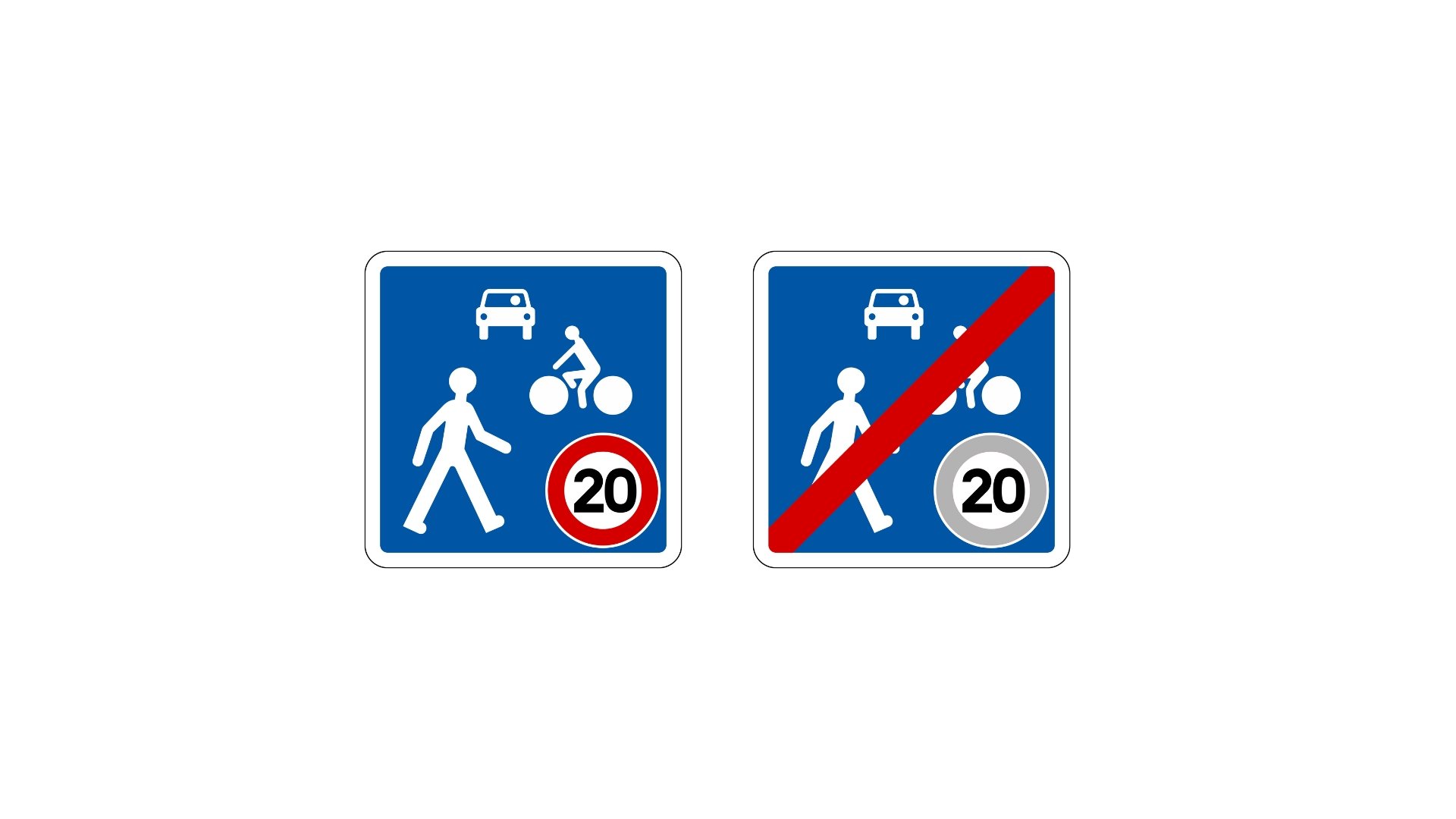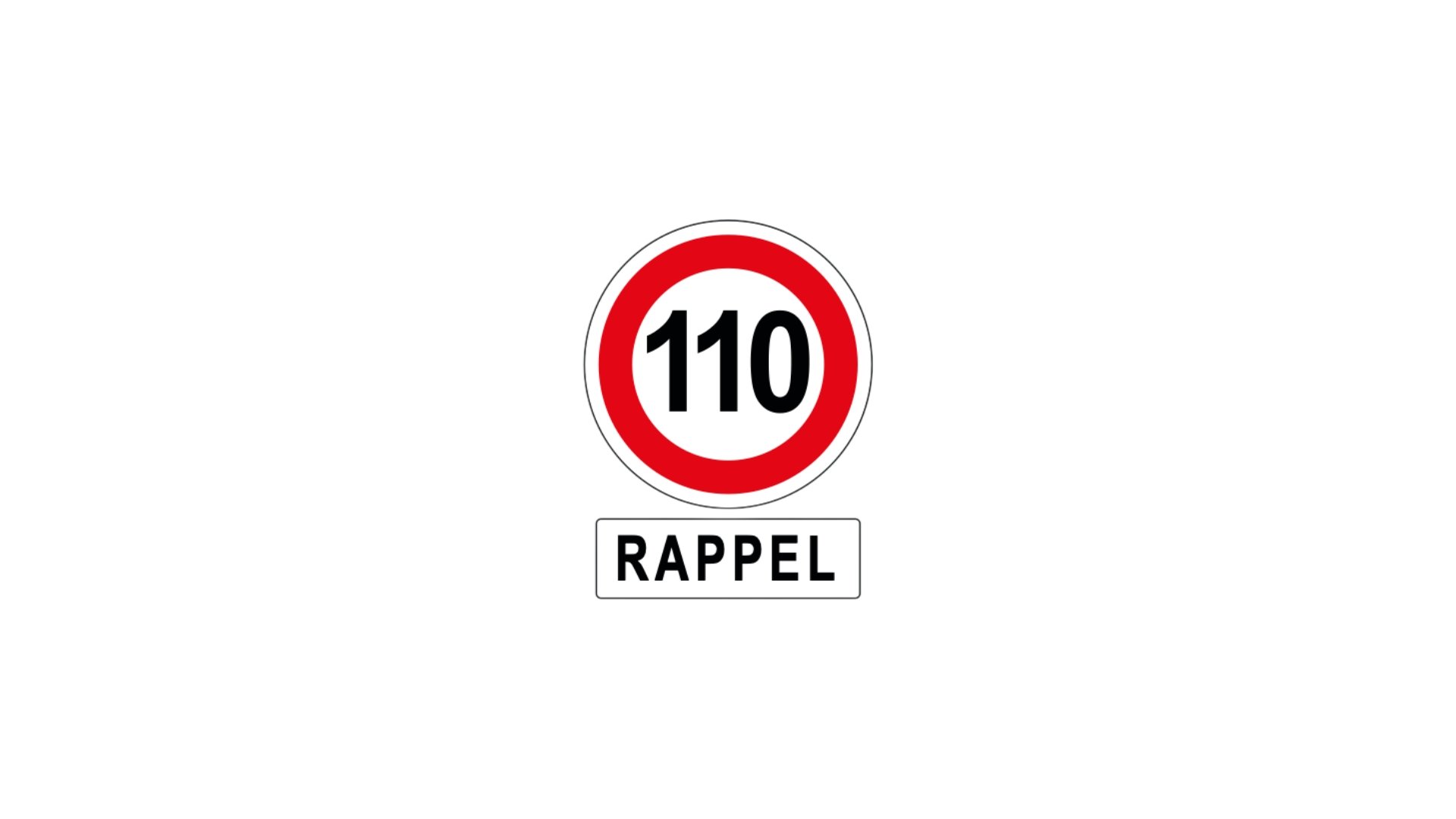6 French Road Signs That Confuse Tourists
Published May 15, 2025
Driving in France can feel like a scenic dream. That is until you hit your first unfamiliar road sign. If you're planning to rent a car in France, here's what you really need to know before hitting the road.
1. The Priority Road Diamond (Priorité)
One of the most baffling signs for foreign drivers is the yellow diamond indicating a route prioritaire (priority road). Unlike in the US where right-of-way is typically indicated by stop or yield signs, in France, this yellow diamond signals that you are on a road where you have the right of way at intersections.
Jean-Paul: "This sign is essential to understand because drivers on the priority road do not need to yield at intersections unless specifically indicated. Many accidents happen because foreign drivers don't realize they are expected to yield when entering a priority road."
Jessica: "When I first drove in France, I had no clue what these signs meant! Remember that when you DON'T see this sign, you must yield to traffic coming from the right at intersections unless there's another sign indicating otherwise. It's the complete opposite of what we're used to in America where you generally have the right of way if going straight."
When you see the yellow diamond with a black mark through it, this means you are leaving the priority road and must follow the default "yield to the right" rule at upcoming intersections.
2. The Infamous "End of All Restrictions" Sign
Another confusing sign for American drivers is the circular white sign with a single diagonal line through it. This fin de toutes les interdictions (end of all restrictions) sign indicates that all previous speed limits and passing restrictions no longer apply.
Jessica: "This is one of my personal favorites. They tell you the last restriction is ending, but they don’t tell you which one you’re entering…I’ve resorted to keep a note on my dashboard with the standard speed limits for each road type so when I see this sign, I’ll know exactly what speed to drive."
Remember that even when restrictions end, you should always drive according to road conditions and weather.
3. The Circular Blue "Obligation" Signs
Blue circular signs with white symbols indicate mandatory actions or directions.
Jean-Paul: "In France, blue circular signs don't suggest, they command! If you see a blue circle with an arrow, you must go in that direction. It's not optional guidance as similar signs might be in America."
Jessica: "I remember driving in Lyon and nearly causing an accident because I didn't realize a blue circular sign with a right arrow meant I HAD to turn right. In France, remember: blue circles mean 'you must do this.'"
These signs are particularly common in city centers and complex intersections where traffic flow is strictly controlled.
4. The Zone Entry and Exit Signs
Square or rectangular signs indicating entry into a zone (zone) of some kind, whether it's a pedestrian zone, reduced speed zone, or paid parking zone, can be extremely confusing.
Jean-Paul: "A critical one to understand is the zone à 30 (30 km/h zone) or zone de rencontre (shared space zone, usually 20 km/h). These aren't just for a single street but apply to the entire area until you see the same sign with a strike-through indicating the end of the zone."
Jessica: "Zone signs tripped me up because in the US, speed limit signs apply to a specific road until you see another sign. In France, once you enter a zone, those rules apply to ALL streets in that area, even after turning several times, until you specifically exit the zone. The zone ends when you see the same sign with a diagonal line through it."
Pay close attention to zone entry and exit signs, especially in urban areas where zones can change frequently.
5. The Mysterious "Except Riverains" Sign
Many American drivers have encountered a sign prohibiting entry with the puzzling exception sauf riverains (except residents) and wondered what it means.
Jean-Paul: "Riverains technically refers to residents of the immediate area or sometimes businesses with specific access needs. It doesn't mean 'except if you're going to a destination on this street' as many tourists assume."
Jessica: "This sign cost me €135 in Lyon! I thought that because I was heading to a restaurant on that street, I qualified as having a reason to be there. Wrong! Unless you have actual resident status or explicit permission, streets with this sign are off-limits. Even staying at an Airbnb on that street usually doesn't qualify you as a riverain. When you see this sign while driving in France, simply find another route unless you're absolutely certain you have legal access.."
This misunderstanding ranks among the most common ticket-earning mistakes for American drivers exploring French towns and cities. When you see this sign, look for an alternative route unless you are absolutely certain you qualify as a riverain.
6. The Confusing "Rappel" Speed Limit Signs
One thing that throws a lot of American drivers off in France is seeing the word rappel (rah-pell) under a speed limit sign. It doesn’t mean the speed limit has changed — it’s just a reminder that the current limit still applies.
Jean-Paul says: "The rappel sign is simply a reminder of the current speed limit that applies to the road you're driving on. It doesn’t indicate a new speed limit or a change from the previous limit. Many foreign drivers mistakenly think this means a special type of speed limit or that they should reduce speed when seeing this sign."
Jessica's tip: "My first time driving in Provence, I kept slowing down every time I saw a speed limit sign with rappel underneath it because I thought it was a warning to reduce speed immediately."
These reminder signs typically appear on longer stretches of road where authorities want to ensure drivers remain aware of the speed limit without having to mark new zones. Understanding that rappel simply means "this speed limit is still in effect" saves you from unnecessary braking and potential traffic flow disruption.
Navigating With Confidence
Understanding these commonly confusing road signs transforms your driving experience in France from potentially stressful to genuinely enjoyable. While differences exist between American and French road systems, focusing on these key signs helps you avoid the most common misunderstandings and drive safely.
Jean-Paul says: "Lots of people are intimidated about driving in France because of all of the different signs. But once you learn the basics, you'll be fine!"
Jessica's tip: "Driving in France opens up a world of spontaneous discoveries!"
With a little preparation and awareness of the key differences in road signs, you'll soon be navigating French roads like a local in no time.
Bon voyage et bonne route! (Have a good trip and safe journey! - pronounced "bon voy-ahj ay bon root")


